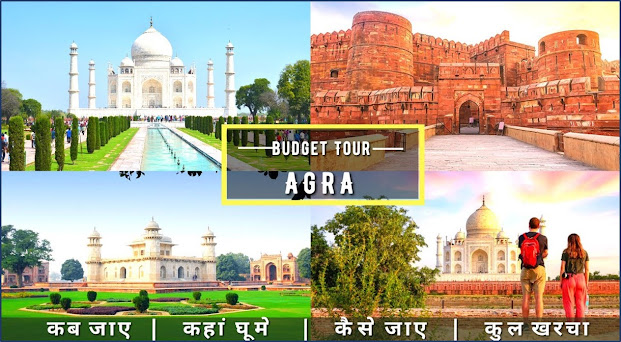Change image every 3 seconds:Slideshow
The Buddhist caves painted by Ajanta Caves, only 59 kilometers from Jalgoan (a railway station in Delhi-Bombay and Allahabad-Bombay main railway line) and from Aurangabad 104 km (from Ellora 100 km).
At the end of the seventh century, Buddhism began
to decline in its native land and its shrines were demolished. For a thousand
years, sleeping Ajanta was buried on the slopes of the forest in the western
mountain forest, until 1819 it was discovered by accident.
A single cluster of rock-shaped rock climbing over
a gorge to a height of 76.20 meters (250 ft.) Makes it ideal for a monastery
sanctuary. With a space limit, the caves should have been much closer together
than Ellora's.
Most of them date back to antiquity, the oldest of
pre-Christian times. The values of the
construction and construction of stone temples surpass the addition of a third
art, painting, which, above all else, has given Ajanta its international
reputation. .
Upon seeing the gates of the temples the visitor
may wonder about the Profusion of country themes and the murals. She can be
frustrated by the unrestricted vivacity of women's figures, the famous
"Ajanta type" with well-rounded forms, dangling eyes, attractive mien
and ample decoration.
The fact was that the artistic monks and their
painters painted together and in equal measure the beauty of the female body
and the spiritual beauty of the Bodhisattva.
There are thirty caves, some of which are
unfinished and neglected. Sixteen contains murals, but the best work is to be
found in caves 1, 2, 16, 17 and 19. The best sculptures are in Caves 1, 4, 17,
19, 24 and 26. is made in chronological order and has no relation to their
chronological order.
It starts at the western edge of the rock, near the
entrance. The current department does not seem to have been the first method of
excavation.
Five caves, 9, 10, 19, 26, and 29, are chaitya
halls. Some are vihars. As for the ancient artifacts (2nd BC to 2nd century
AD), the formation of the Hinayana system, the arc Chaityas Caves 9 and 10, and
the viharas 8, 12, 13, and 30. of the fifth and sixth centuries and made a
series of Mahayana.
In ancient
times, each cave had a flight of stairs leading to a beautiful stream flowing
deep through a narrow gorge. By the fall or in front of the cave most of these
steps have been destroyed. The 1,2, 16, and 17 arc caves are illuminated by dot
lamps, which are available for payment. Consumption is important.
The technique used by artists in ancient India is
described in modern works of Aesthetics. First, clay, cow dung, and rice husks
were placed on top of the selected rock and then pressed down. It forms a layer
about one and a half inches in diameter.
In this case
the coat of the fine plow was spread out to obtain a smooth surface. The frames
were painted with a brush and then dyed. The pigs used were of the simplest
type of materials such as yellow earth, red Ocher, green rock crushed into
burnt brick, black lamp, and copper oxide. The second was used. In this way, the
structures were less visible.
Some brushes are used to complement the color until the image, in the language of ancient Aesthetics, "blooms". Finally, the relief of the plastic is achieved by blurring the black lines and capturing the highlights.
The central theme of the walls falls under two
narrative scenes from the life of the Buddha and images of Jataka arguments.
Within this spiritual framework, the whole race of life at that time is well
covered.
Exposed to these walls is an image not only of
either the Buddha and the Bodhisattvas, but of various spheres or types of
people of various mental states, under the pressure of various emotions and
expressed at all levels of society.
The paintings on the ceiling, unlike the ones on
the wall, are especially decorative patterns. It includes geometric shapes,
floral and decorative designs, flying figures of celestial beings, animals,
birds, plants. A collection of panels or rooms, with enough variation in color
schemes.








No comments:
Post a Comment